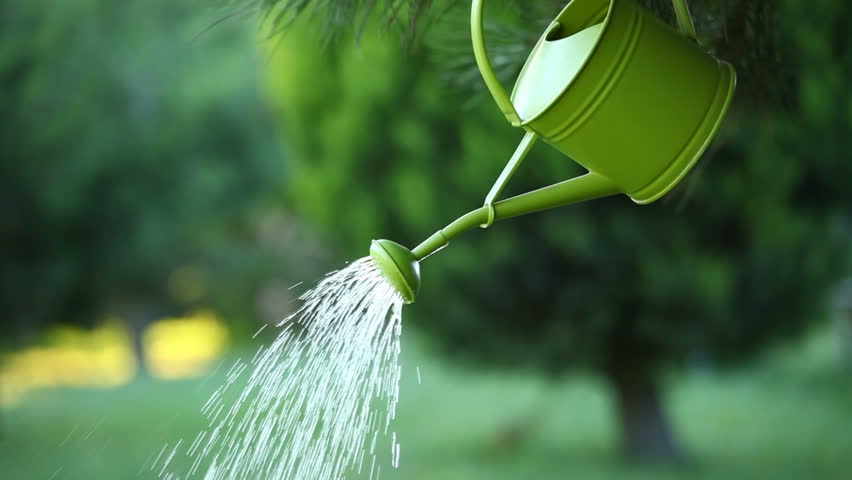If you’re like many people, you may be planning a summer vacation to escape the heat of our Southwest Colorado summer. One of the hardest parts of being away may be leaving your garden to either fare for itself, or be tended by a capable friend or neighbor. Scorching hot temperatures and unpredictable rain make it a tough time to be away. If you’ve planned and planted your garden around xeric principles, your garden may be just fine while you’re gone, but most of the time, especially with vegetable gardens, they will need a little attention in order to survive. This week I’d like to give you a few tips and tricks to help your garden thrive while you are gone.
If you aren’t going to be gone a very long time- perhaps just for an extended weekend, you may be able to water it well and cover with a fresh, thick layer of mulch. Mulch is a great product to add because it helps to retain moisture and keeps that water from evaporating. It can also help to shade the roots and keep them cool. Mulched plants generally lose 25% less moisture than those that aren’t mulched. Even though they may become stressed if it’s particularly hot, as it has been, mulch will significantly increase their odds of surviving. You won’t need to mulch the entire bed – just apply it around the base of the plant but don’t apply it so thickly as to cover the plant. It’s important to be sure that the mulch and soil is wet several inches below the soil’s surface before you leave.
You can also try installing a drip irrigation system. This can be something as simple as a kit that snaps together, or soaker hose with a timer on your spigot. The advantage of a drip irrigation system is that it will deliver water to each plant whereas a soaker hose will water a wider area. It really depends on what you have planted and how far apart the plants are as to which will be the better choice. If your plants are spaced out then drip irrigation will be fine as this method delivers water directly to the plant. If you’ve gone for a naturalized look and they are packed in or run into each other, then a soaker hose may work better for you.
Container gardens will benefit from watering bulbs or you can make your own self-watering vessels using empty plastic beverage jugs. While I tend to shy away from the bulbs because they can become clogged with soil when you push them into the ground, they can be used for containers with some success if you’ve used a good quality light peat potting mix. Make your own self-watering jug by poking pinholes into the side of an empty soda bottle that you’re going to put in the soil- usually the cap. Water the plant well before you leave and fill the jug with water and place it in the container. While you are gone, the water should slowly seep through the holes to provide some moisture to your plant. You may want to try this beforehand to be sure your holes are the right size to provide and adequate amount of water for your container.
If you are planting before you leave, consider adding Soil Moist crystals. This is a good thing to keep in mind for next year too. Soil Moist crystals are polymer crystals similar to those found in baby diapers and you mix then into your soil when planting. When you water, these crystals absorb the moisture and hold it, releasing it when the surrounding soil begins to dry out. They won’t keep a plant alive for a week, but it’s a nice additive if you have a friend or neighbor helping out since they won’t have to water as often.
No matter how well you’ve prepared, you may lose a plant or two and that’s OK. If you are going to be gone a long time, some loss is inevitable. Even if something is looking poorly when you return, give it some time to recover. With regular care, and cooler temperatures you may be surprised how quickly it bounces back!

